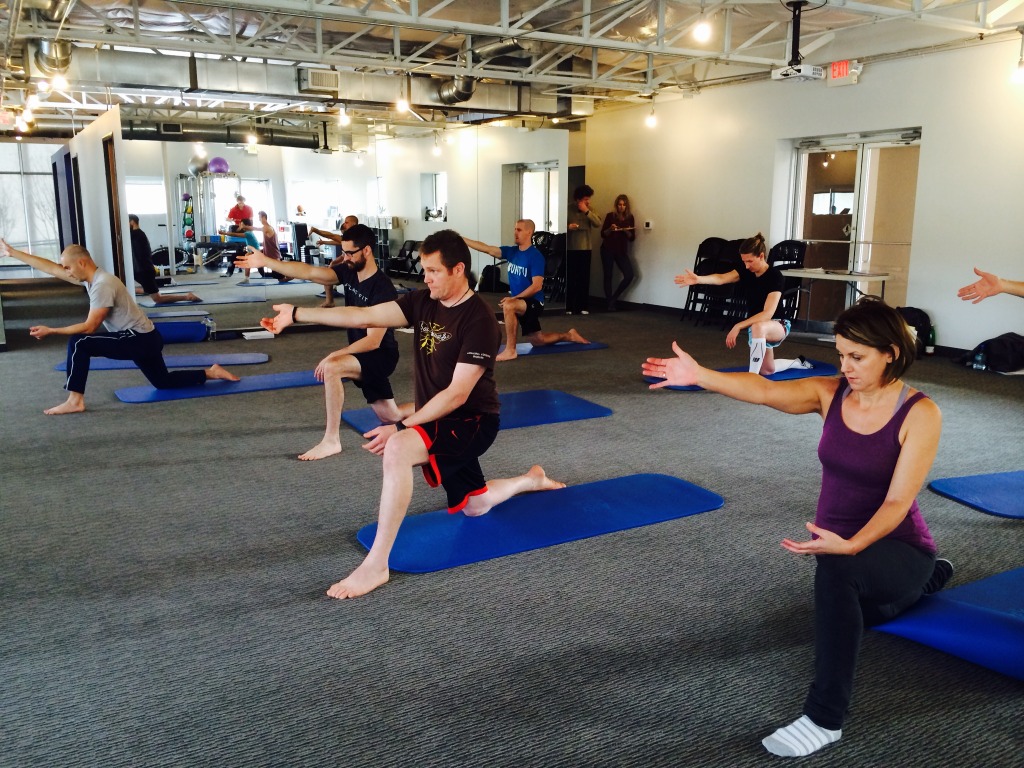The original Myofascial Stretching (MFS) course, organized by Guy VOYER, DO, is a part of the SomaTraining and Osteopathy Programs. With over 600 muscles in the body, the original three-day course – MFS of the Upper and Lower Limbs and Trunk with respect to functional anatomy and tensegrity biomechanics – was simply too intense. The new MFS program teaches all the same stretches with less progressions in Level One moving to the more complex Factors of Progression in Level Two. This new structure allows practitioners time between the two levels to study and improve upon their knowledge of anatomy (descriptive and relational) and tensegrity biomechanics. They are then better prepared and will get more out of the Level Two course. With the current “stretching debate” and the increased interest in the study of fascia, the techniques introduced by Dr. VOYER and the reorganization of the MFS course makes the new MFS program cutting edge.
For more than two decades, the MFS have complimented the ELDOA postures created by Dr. VOYER and the reinforcement exercises taught in his three-year SomaTraining Program.
Level One is the classic myofascial stretching techniques for all the muscles in the body taught with respect to the classic descriptive anatomy and biomechanics.
Level Two is now the advanced level. The anatomy and biomechanics presented in this course respect tensegrity biomechanics and functional anatomy. This course is a five-day course and taught only by Dr. VOYER.
What is Myofascial Stretching (MFS)?
For a long time now we believed that we knew how to stretch muscles; however, how do you stretch a muscle when it is sheathed in a leather casing? Muscles are three dimensional in shape with multiple sites of attachment and fascia is the thin ‘skin’ weaving into and surrounding structures like the muscle tissue, ‘linking’ various structures together in a chain that includes the joint or joint capsule.
All the connective tissue in the body is made of water and this water is arranged in microscopic tubules. Perhaps even more amazing is that the fascia is continuous upon itself: it is one single entity. In order to stretch a specific muscle it is better to consider it as a link in a specific chain extending from the toes to the back of the knee, inserting into one or more of the ligaments of the pelvis. This is the ‘real anatomy’ of the body and respects the global organization of its tissues. A stretching posture will be chosen to solicit the tension of the whole fascial chain in order to correct the specific muscle link.
With Myofascial Stretching, the goal is not to gain flexibility of a muscle, but to improve the quality of the movement of the tissues in relation to one another. MFS is the only type of stretching that respects this organization.

